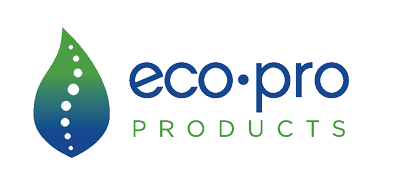As temperatures rise and the days grow longer, more people take to the outdoors, increasing their activity levels through various sports. While this seasonal shift brings much-needed enjoyment and physical benefits, it also leads to a spike in sports-related injuries. Physical therapy (PT) clinics often see a significant increase in patients during these months, presenting unique challenges that require efficient management and resource allocation.
Understanding the Surge
Identifying Trends: By analyzing historical data, clinics can identify common injury trends that occur during the summer. Common injuries such as sprains, fractures, and muscle strains often peak during this time due to more active lifestyles.
Preparedness Planning: It is crucial for clinics to forecast and plan for the increased demand. This means ensuring adequate staffing, equipment, and other resources are in place before the surge, to handle an influx of patients effectively.
Staff Readiness and Training
Training for Seasonal Injuries: Ensuring that all staff are well-versed in treating common summer sports injuries is crucial. Ongoing training and refreshers on the latest treatment protocols can enhance the clinic’s readiness.
Scheduling Adjustments: Clinics might need to adjust their staffing schedules, consider extending operating hours, or even hire temporary staff to manage the increased patient load without compromising the quality of care.
Enhancing Clinic Efficiency
Streamlining Operations: Optimizing appointment scheduling, enhancing patient flow, and utilizing digital tools for patient management can significantly improve efficiency. These steps help in reducing wait times and improving patient experience.
Rapid Response Protocols: Developing or refining protocols to quickly assess and treat acute sports injuries can greatly enhance a clinic’s ability to handle emergency situations efficiently.
Community Outreach and Education
Preventative Workshops: Hosting workshops and training sessions for local athletes and sports teams can play a crucial role in injury prevention. Educating the community about the risks and how to avoid injuries is as important as treating them.
Partnerships with Local Sports Clubs: Building strong relationships with local sports clubs and schools to provide support and education fosters a community-focused approach to health and wellness.
Treatment and Rehabilitation Services
Customized Treatment Plans: Personalized treatment plans tailored to the specific needs and sports of each patient ensure more effective care and quicker recovery times.
Advanced Therapeutic Techniques: Incorporating advanced therapeutic techniques and technologies can help in accelerating recovery, improving outcomes, and enhancing patient satisfaction.
Follow-Up and Long-Term Care
Monitoring Recovery: Systematic follow-up is essential to monitor recovery progress and prevent the recurrence of injuries. This includes regular check-ins and adjustments to treatment plans as needed.
Developing Long-Term Relationships: Encouraging patients to continue with wellness checks and maintenance sessions after recovery fosters long-term health benefits and patient loyalty.
Learning from Each Season
Review and Reflect: At the end of each summer season, conducting reviews to assess what worked well and what could be improved is vital for continuous improvement.
Continuous Improvement: Integrating the learnings from each season into future preparations helps the clinic stay adaptive and responsive to the needs of its patients.
By proactively addressing these challenges, PT clinics can not only manage the summer surge effectively but also enhance their service quality and patient satisfaction, positioning themselves as leaders in sports medicine and rehabilitation within their communities.
